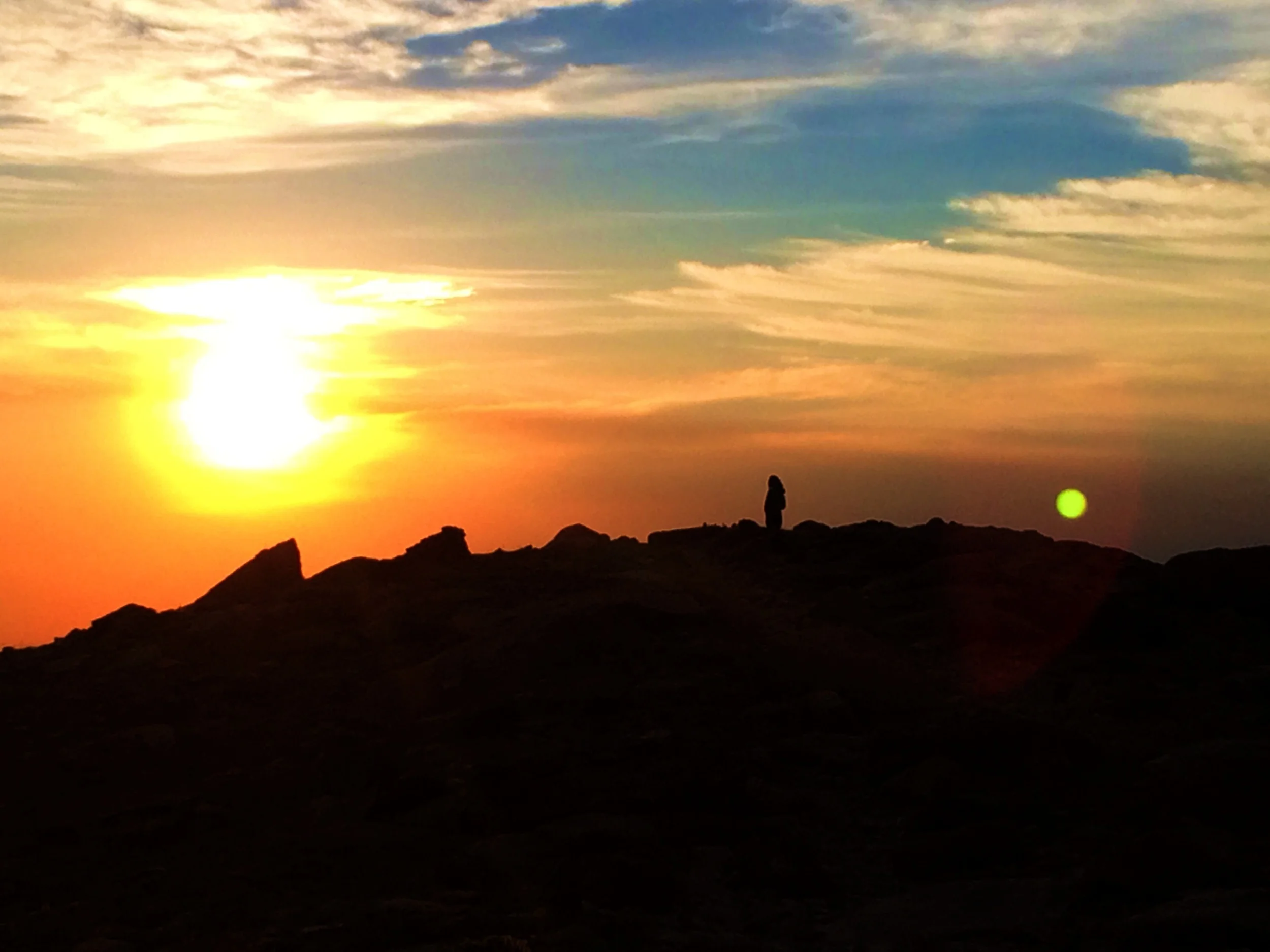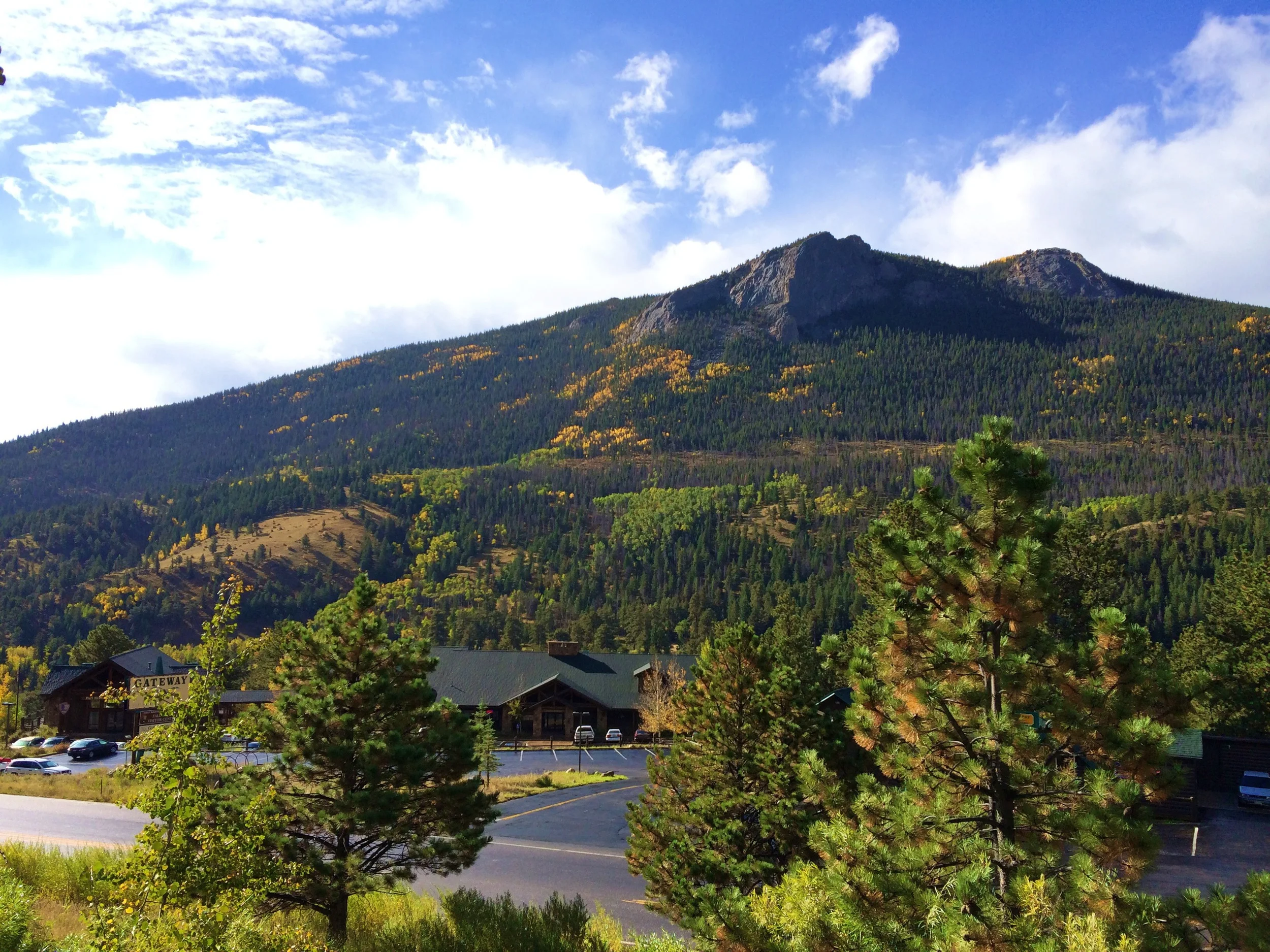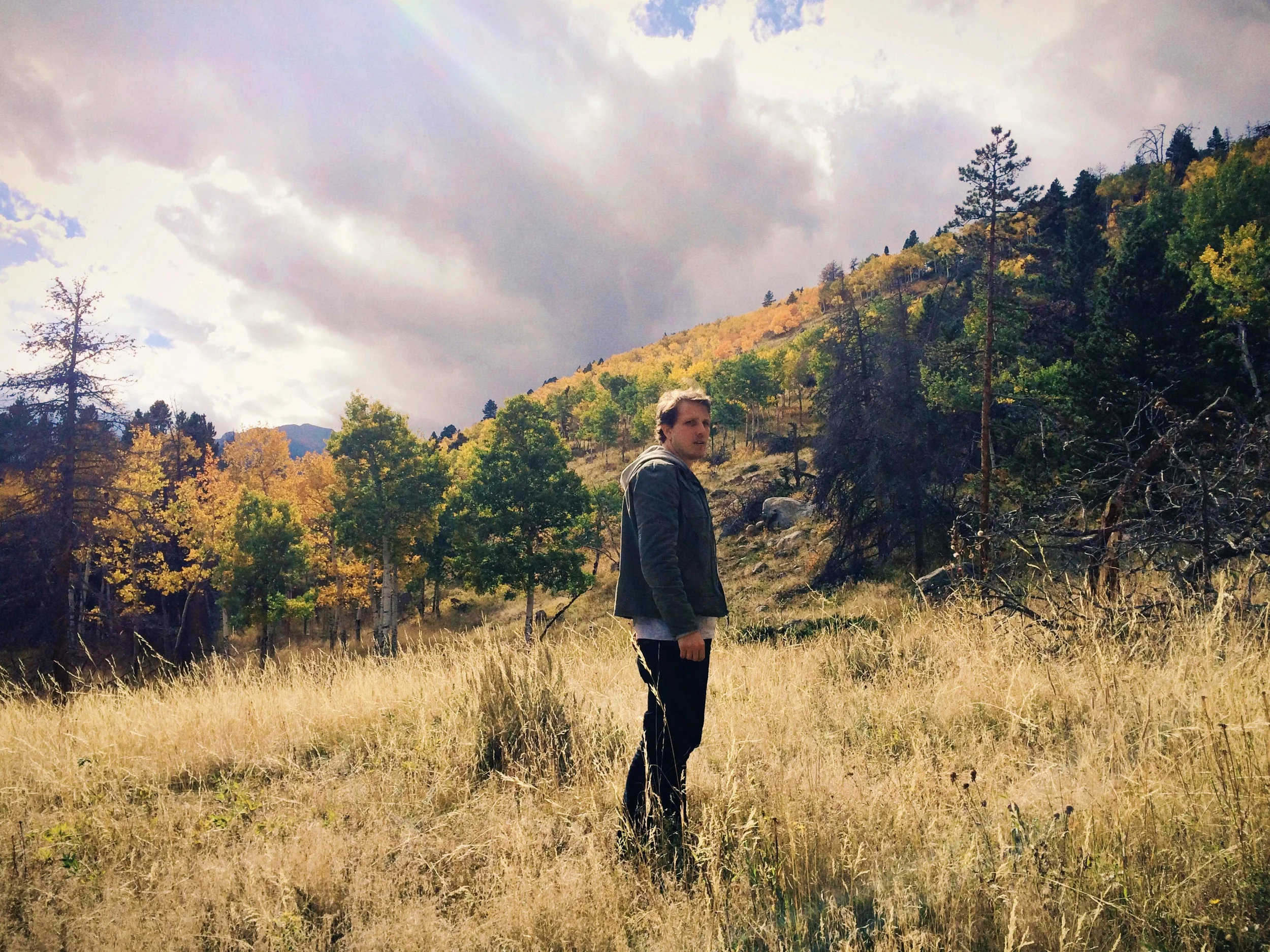




















Your Custom Text Here
Park Number: 5/63
First Visited: August 25, 2010
“Rocky Mountain National Park nests directly in the backbone of the North American continent, named for the mountain range stretching all the way from Canada to Mexico. Being from Montana, this region didn’t feel too far from home—a well-timed comfort.
I relished the century-old history of the park, a designated area set to protect and preserve the radical terrain ranging from montane to alpine, glacier-cut valleys to coniferous forests, towering waterfalls to lush meadows.
I studied the wildlife—the feeding patterns of pikas and the bugle of elk. I spent days observing Albert’s squirrels and Steller’s jays, chasing wild turkeys out of wedding photos, herding bighorn sheep off the parking lots. And those black bears—clever beasts leaving a path of destruction across hummingbird feeders and park dumpsters.
Rocky Mountain National Park also harbors the northernmost fourteen-thousand-foot mountain in Colorado: Longs Peak. The only way to approach Longs is by hiking; the national park as a whole contains over three-hundred miles of hiking trails. I lived on those trails, weaving in and out of ominous peaks, pristine streams, and motionless lakes. Always watching from a distance though, was Longs.”
—Excerpt from the book A Field Guide to Losing Your Friends
Rocky Mountain was lived in and traveled through by the Ute, Arapaho, Cheyenne, Comanche, and other tribes.
Related Articles:
A Field Guide to Losing Your Friends
Rocky Mountain National Park: Your Next Destination
Park Number: 5/63
First Visited: August 25, 2010
“Rocky Mountain National Park nests directly in the backbone of the North American continent, named for the mountain range stretching all the way from Canada to Mexico. Being from Montana, this region didn’t feel too far from home—a well-timed comfort.
I relished the century-old history of the park, a designated area set to protect and preserve the radical terrain ranging from montane to alpine, glacier-cut valleys to coniferous forests, towering waterfalls to lush meadows.
I studied the wildlife—the feeding patterns of pikas and the bugle of elk. I spent days observing Albert’s squirrels and Steller’s jays, chasing wild turkeys out of wedding photos, herding bighorn sheep off the parking lots. And those black bears—clever beasts leaving a path of destruction across hummingbird feeders and park dumpsters.
Rocky Mountain National Park also harbors the northernmost fourteen-thousand-foot mountain in Colorado: Longs Peak. The only way to approach Longs is by hiking; the national park as a whole contains over three-hundred miles of hiking trails. I lived on those trails, weaving in and out of ominous peaks, pristine streams, and motionless lakes. Always watching from a distance though, was Longs.”
—Excerpt from the book A Field Guide to Losing Your Friends
Rocky Mountain was lived in and traveled through by the Ute, Arapaho, Cheyenne, Comanche, and other tribes.
Related Articles:
A Field Guide to Losing Your Friends
Rocky Mountain National Park: Your Next Destination